Microsoft Copilot Studio Case Study
In a mid-sized logistics firm nestled in Birmingham, a familiar story was playing out. Operations manager Claire was drowning in Excel sheets, manually processing discount approvals for fleet deals, while IT kept firefighting requests for faster automations. They had tried chatbots before — they were fine. But they weren’t… intelligent.
Then came a quiet suggestion during a Power Platform CoE meeting:
“Have you tried building an agent in Microsoft Copilot Studio?”
Claire blinked. “An agent? Like a chatbot?”
Not exactly.
And that one distinction would change everything for her team — and many others like hers.
The Shift from Flows to Intelligence with Microsoft Copilot Studio
For years, Power Platform fans embraced Power Automate flows. They were the workhorses of automation — reliable, repeatable, rule-based.
But business was evolving.
The new demand wasn’t just for speed, but for intelligence. Leaders wanted systems that didn’t just execute rules but adapted, learned context, held conversations, made decisions — almost like a junior analyst on your team.
This is where Copilot agents entered the picture.
The Birth of the Copilot Agent
Unlike bots, which are designed for narrow tasks and scripted responses, Copilot agents are context-aware, memory-enabled, and capable of orchestrating complex workflows across multiple systems — all while learning from user interactions.
Built inside Microsoft Copilot Studio, these agents leverage:
- Natural language understanding
- Action orchestration via Power Automate
- Data access via Dataverse and connectors
- Memory and variables to hold context between steps
They go beyond chat. They become digital teammates.
At powerfy, we saw this shift early. In one project, a sales approval Copilot agent helped reduce turnaround time from 2 days to 2 minutes — without sacrificing compliance. It wasn’t just automation anymore. It was intelligent automation.
Claire’s Copilot Agent in Action
Back in Birmingham, Claire’s team worked with powerfy to design a simple Copilot agent for truck discount approvals.
The goal: eliminate back-and-forth emails between sales, finance, and management.
The agent’s job:
- Ask sales reps for deal parameters
- Check business rules via Power Fx
- Escalate if thresholds exceeded
- Trigger approvals in Teams or Outlook
- Log everything to Dataverse
Unlike a static chatbot, this agent remembered prior conversations, asked smart follow-up questions, and even adjusted discount suggestions based on region-specific historical data.
Claire’s team didn’t need a PhD in AI. Just powerfy’s guidance, and Microsoft’s tools.
Why Agents Matter in the Age of AI
There’s a reason Microsoft is investing so heavily in Copilot across the Power Platform.
Agents are the interface of the AI era.
They:
- Adapt to real-time context
- Make decisions using data
- Scale human expertise across departments
- Integrate with Teams, SharePoint, Dynamics, and more
Most importantly, they learn and evolve, which means your investment compounds over time.
At powerfy, we’ve now deployed agents in sectors from manufacturing to healthcare. Some triage IT tickets. Others train new employees. One even monitors real-time machine telemetry and recommends preventive maintenance.
They all started small — but grew fast.
The Making of a Great Agent: PowerFy’s Blueprint
So how do you build a powerful Copilot agent?
Here’s the PowerFy agent blueprint:
- Start with one task (e.g., order lookup, approval)
- Define data sources (Dataverse, SQL, SharePoint, etc.)
- Design conversational flow in Copilot Studio
- Add intelligence using Power Fx and Azure AI
- Test with real users — then iterate
We help clients adopt the “minimal lovable agent” mindset. Don’t aim for perfection. Aim for usefulness. Then evolve.
Governance, Licensing, and Scaling
Copilot Studio integrates beautifully with Power Platform governance tools. With environment-level control, data loss prevention, and usage analytics, IT doesn’t lose visibility.
Licensing is evolving too. Microsoft is actively working to make Copilot agent pricing more accessible, especially for enterprise-scale use cases.
And with Azure OpenAI integrations, your agent can connect to large language models, making it even more powerful.
The Future is Agentic
Claire’s story is no longer unique. In fact, it’s becoming the norm.
Across industries, firms are discovering that the next step beyond automation is delegation — and that’s what agents enable.
As Microsoft continues to expand Copilot Studio’s capabilities, the line between human and digital workers will continue to blur. And with partners like powerfy, companies don’t have to navigate this shift alone.
Final Thought: Are You Agent-Ready?
You’ve automated. You’ve built flows.
Now it’s time to empower agents.
At PowerFy, we help organizations envision, develop, and manage intelligent Copilot agents that align with business objectives — not just IT aspirations.
So ask yourself:
What would your business look like if agents handled 20% of your repetitive decisions? Let’s build that future together. Reach out to us for any queries.











